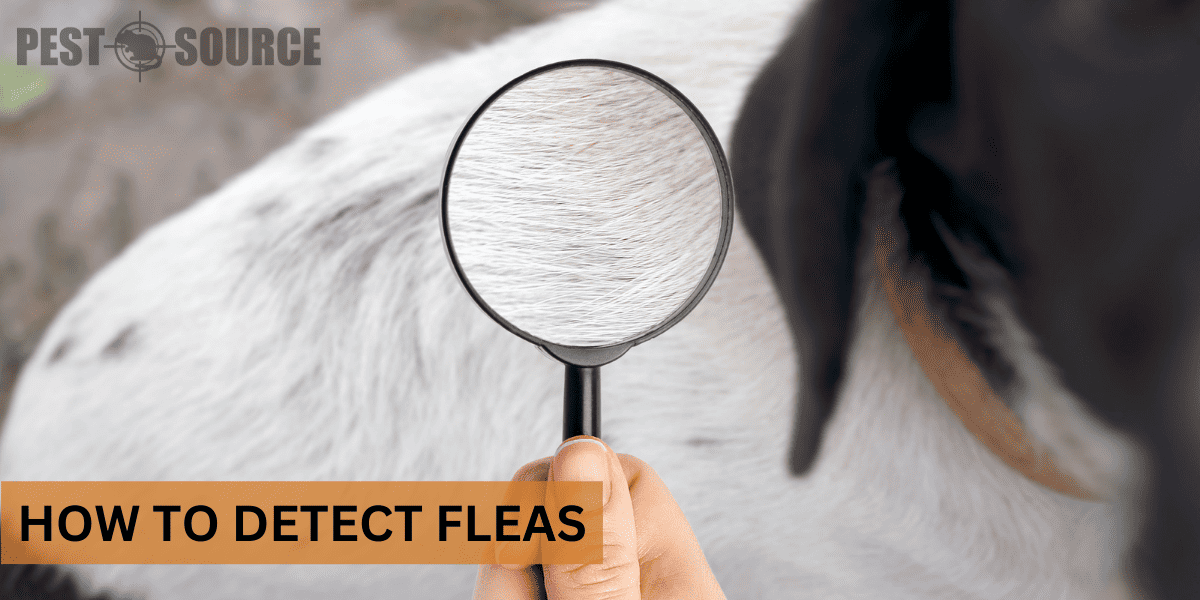Fleas are a common and frustrating problem faced by pet owners and homeowners alike. These pesky parasites can cause discomfort, spread diseases, and reproduce rapidly, making them difficult to eliminate once they’ve infested your home.
This comprehensive guide will help you understand what fleas are, how to determine if you have a flea infestation, and practical steps to take in detecting and preventing fleas. By staying vigilant and proactive, you can keep your home flea-free and ensure the well-being of both your family and pets.
POINTS
- Regularly inspect your pets and living spaces for signs of fleas, such as live insects, flea dirt, and eggs, and utilize prevention methods like monthly flea treatments for your pets.
- Fleas can cause discomfort in both pets and humans through their bites, and their presence may also transmit diseases or cause allergies.
- Early detection of fleas and prompt intervention can save time, effort, and money by preventing full-blown infestations and severe health risks.
- If you find fleas in your home, treat your pets with appropriate medications, clean your environment thoroughly, apply flea control products, and consider professional help if needed.
- Continuously monitor your pets and living spaces after treatment to ensure fleas are permanently eliminated, taking the necessary preventative measures to maintain a flea-free environment.
What are Fleas?
Can Fleas be Seen?
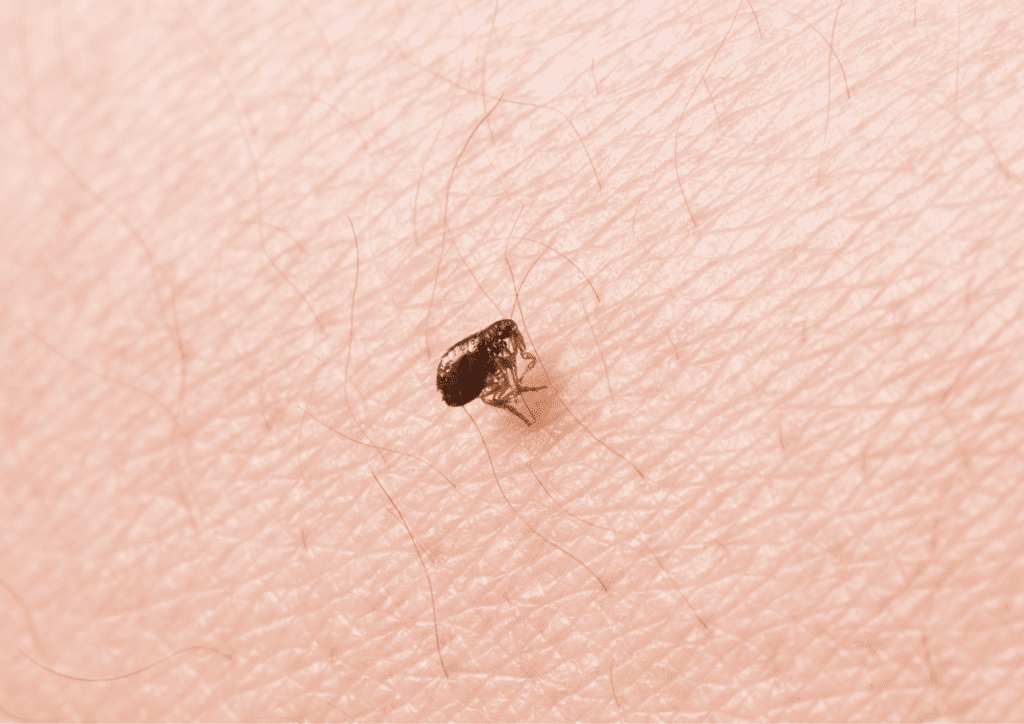
Yes, fleas can be seen with the naked eye. They are small, wingless insects that measure about 1/16 to 1/8 inches long. However, due to their small size and ability to move quickly, they can be hard to spot.
What does a Flea Look Like?
Fleas are dark brown or reddish-brown in color and have flat, oval-shaped bodies. They have three pairs of long legs, with the hindmost pair specialized for high-speed jumping. Fleas possess mouthparts adapted for piercing skin and sucking blood from their hosts.
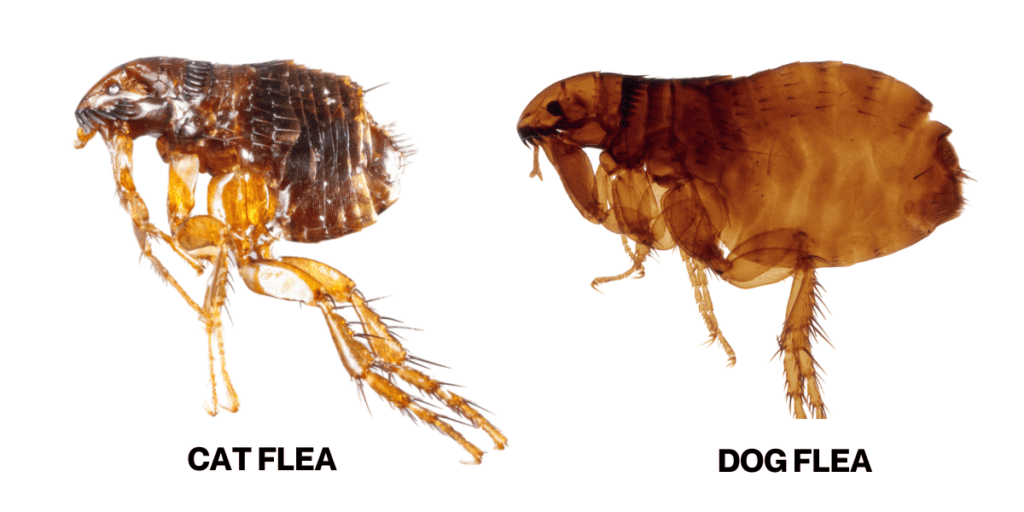
How to Identify a Flea?
You can identify a flea by its characteristic appearance: a dark brown or reddish-brown, flat, oval body, and three sets of legs. Additionally, fleas do not have wings, so if you see an insect that can fly, it is not a flea.
How to Determine if You Have Fleas?
What are the Signs of Fleas?
Some common signs of fleas include:
- Pet behavior: Pets scratching, biting, or licking their fur excessively, especially around the base of the tail or the neck.
- Visible fleas on pets: Check the fur of your pet, particularly around the neck, abdomen, and tail area. Part their fur and look for live fleas or flea dirt (tiny black specks).
- Flea bites on humans: Small, itchy, red bumps on the skin are a sign of flea bites. They often occur in groups of three or more and are usually found around the ankles, legs, waist, or in the bend of the elbows.
Can You Feel Fleas Jumping on You?
Yes, you may be able to feel live fleas on you as they seek a source of blood. When a flea jumps, it’s moving quickly in search of a meal, so you might feel a small sensation on your skin. However, it’s important to note this feeling is fleeting and may not be the best sign of the presence of fleas in your environment.
What Does a Flea Infestation Look Like?

A flea infestation may present itself in several ways:
- An increasingly agitated pet who is constantly scratching or biting itself due to the continuous itching and discomfort.
- Flea dirt (tiny black specks) and eggs on your pet’s bed, furniture, or carpets, indicating that fleas have been reproducing in your home.
- A substantial increase in the number of visible fleas on your pet or around your home.
How to Detect Fleas in Your Environment?
Detecting fleas in your environment early can significantly reduce the effort and expense involved in dealing with an infestation later on. The following table outlines various methods to help you determine if fleas have made your home their habitat, ensuring you can act swiftly to mitigate their presence.
| Method | Description | Target Area |
|---|---|---|
| Visual Check | Inspect pets, bedding, rugs, and furniture for live fleas or flea dirt | Pets, Household Items |
| Flea Comb | Use a fine-toothed comb to detect and remove fleas and their debris from your pet’s fur | Pets |
| White Sock Test | Wear white socks and walk around areas where pets spend time to catch fleas or flea dirt on the socks | Carpets, Floors |
| Flea Trap | Place a flea trap in suspected infestation areas to attract and trap fleas using warmth and light | General Household Areas |
How do You Know if You Have Fleas in Your House?
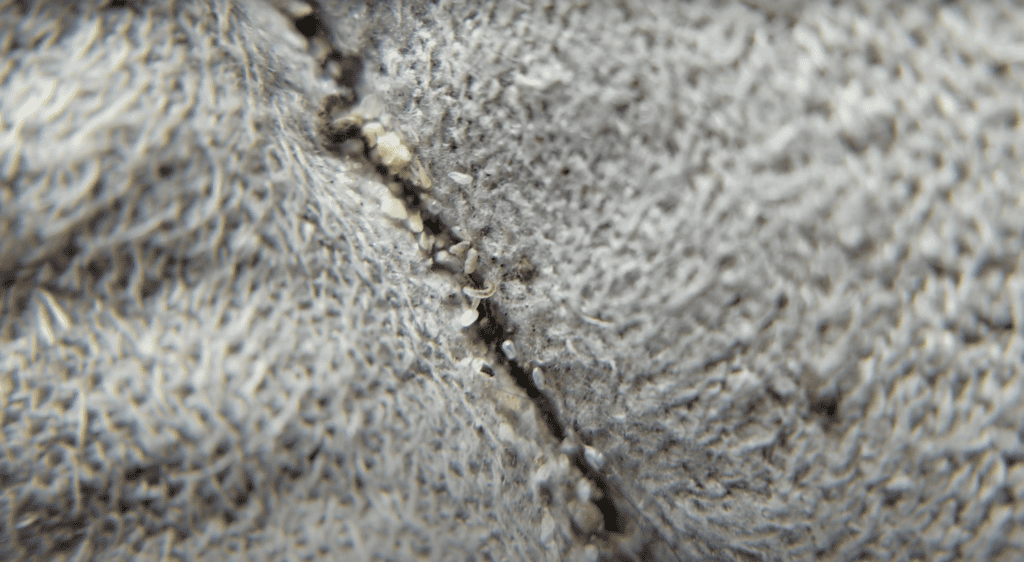
You can determine if you have fleas in your house by looking for the following signs:
- Pets scratching, biting, or licking excessively: This behavior could indicate fleas in your house.
- Finding live fleas on pets or in household items: Check your pet’s fur, bedding, rugs, carpets, and furniture for signs of fleas.
- Flea dirt and eggs: Small, black specks (flea dirt) and tiny, white eggs can indicate a flea infestation. Look for them in your pet’s bedding, carpets, and other potential hiding spots.
- Flea bites on humans: Itchy, red bumps on your skin can indicate that fleas are present in your environment.

How to Tell if Your House has Fleas?
If you suspect your house has fleas, follow these steps:
- Examine your pet: Begin by inspecting your pet’s fur, paying special attention to areas near the neck, tail, or abdomen.
- Inspect your home: Check carpets, rugs, pet bedding, and upholstered furniture for signs of flea dirt, eggs, or live fleas.
- Use a flea trap: Consider placing a flea trap in areas where you’ve observed signs of infestation. These devices attract fleas using warmth and light, trapping them on a sticky surface.
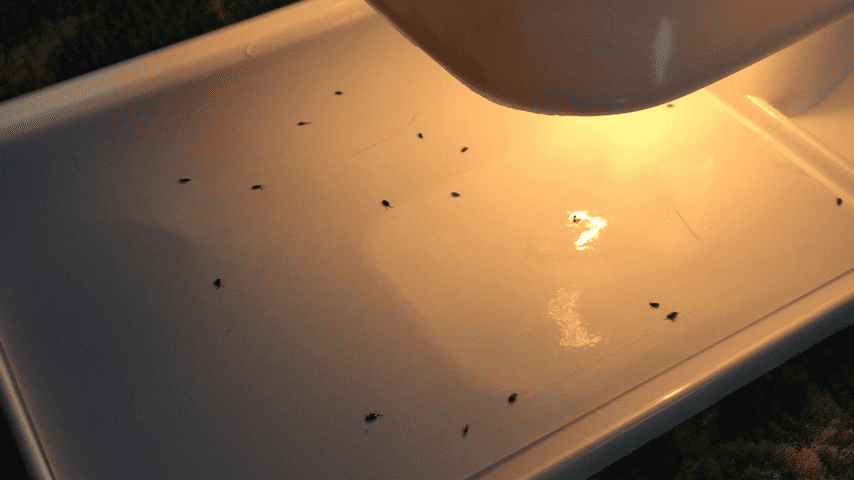
How to Spot Fleas in Your House?
Spotting fleas in your house can be tricky because they’re small and move quickly. Use a flashlight to help you search dark, hidden areas where fleas might reside, such as under furniture or behind baseboards.
How to Test for Fleas in Your House?
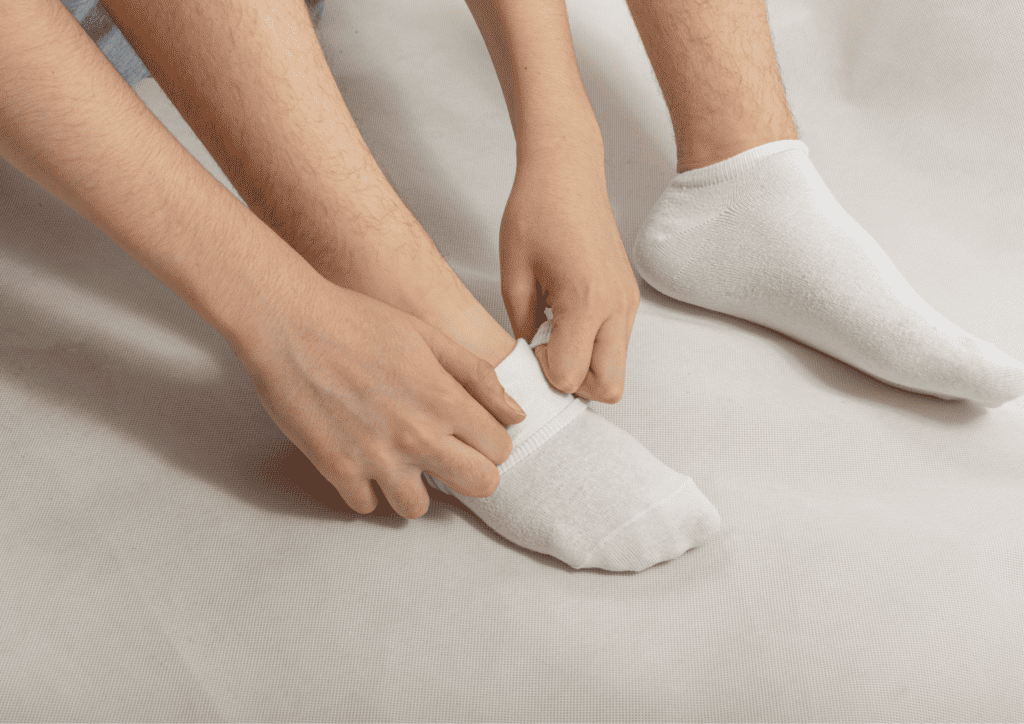
Conduct a “white sock test” to help detect fleas:
- Put on a pair of white socks, pulling them up to your knees.
- Walk around your house, particularly in areas where your pets spend time.
- Check your socks for any black specks or live fleas that may have jumped onto them.
How to Find Fleas in Your House?
In addition to the steps mentioned earlier, use a flea comb on your pet. This fine-toothed comb will help you detect and remove fleas and their debris from your pet’s fur.
Identifying Fleas in Special Cases
Signs of Fleas in House Without Pets
Fleas can still infest homes without pets by hitching a ride on humans or other animals. Look for the following signs:
- Flea bites on people residing in the building.
- Flea dirt or eggs in carpets, rugs, or furniture.
- Unexplained itching or allergies in the home’s inhabitants.
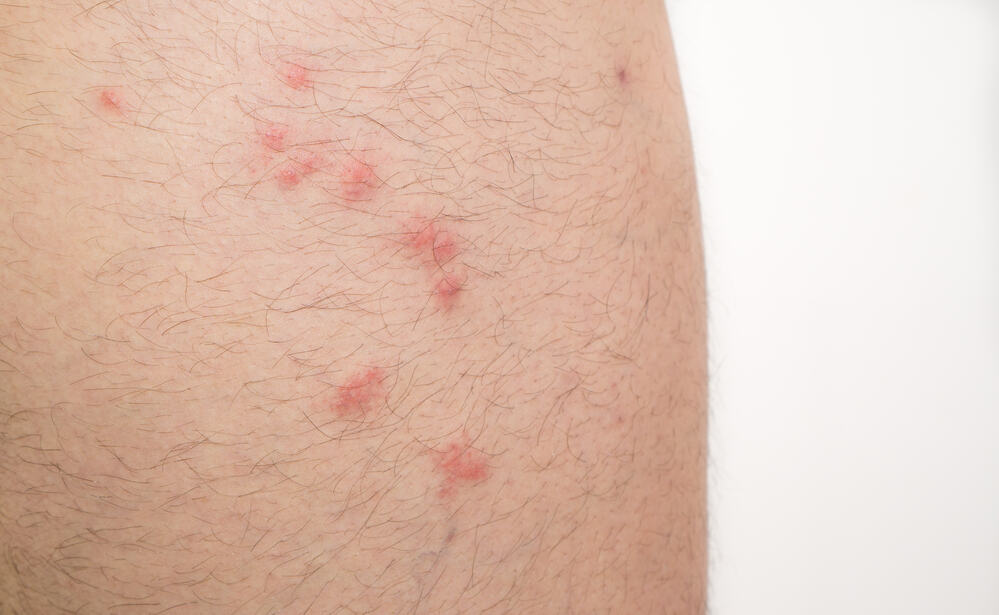
How to Tell if You Have Fleas in Your Carpet?
Examine your carpets for flea dirt, eggs, or live fleas. Use a flashlight to check dark areas and a white paper towel to help spot any black specks. You can also vacuum your carpets and examine the contents to check for fleas.
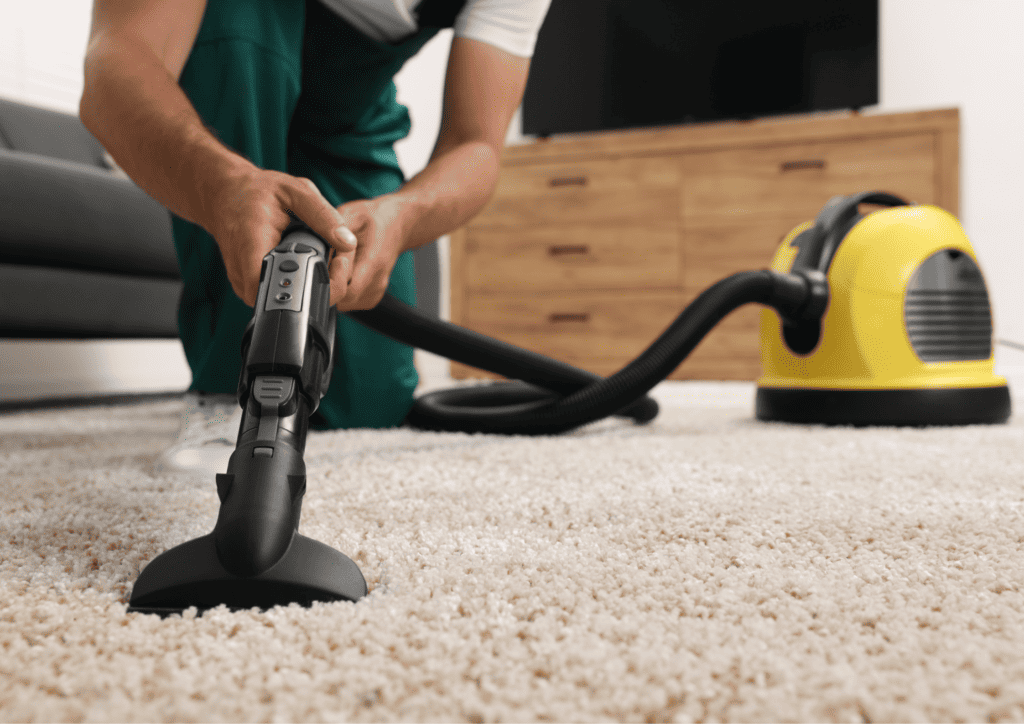
Found a Flea on Me – Does that Mean I Have Fleas?
Finding a single flea on you might not necessarily mean your home is infested, but it’s a cause for concern. Carefully check your environment and pets for any further signs of fleas to determine if you have an infestation.
Determining the Severity of a Flea Infestation
How to Tell How Bad a Flea Infestation Is?
Understanding the severity of a flea infestation is critical for determining the most effective treatment strategy and preventing further spread. The table below categorizes different levels of infestation severity, the criteria for each level, and suggested immediate actions, guiding homeowners in their response efforts.
| Severity Level | Criteria | Immediate Actions |
|---|---|---|
| Low | Few visible fleas, limited to one area or pet | Localized treatment, increase vacuuming and washing |
| Medium | Visible fleas on multiple pets or rooms, increased frequency of flea bites | Comprehensive home treatment, consult veterinarian |
| High | Large number of fleas across various areas, severe discomfort in pets, continuous flea bites on humans | Professional pest control, whole house treatment, follow-up treatments |
What Does a Flea Infestation Look Like?

A flea infestation may manifest as:
- Multiple visible fleas on your pet’s body or in your home environment.
- Increased frequency of flea bites on humans.
- Excessive scratching or biting by pets experiencing flea irritation.
- Flea dirt and eggs found on pet beds, carpets, and furniture.
My House Is Infested with Fleas, What Now?
Dealing with a flea infestation can feel overwhelming, but taking structured steps can help you regain control of your home and ensure the comfort and health of its inhabitants. The table below outlines a clear action plan for addressing a flea infestation, from treating your pets to cleaning your home environment.
| Action Item | Frequency | Notes on Execution |
|---|---|---|
| Treat your pet with flea medication | As recommended by veterinarian | Consult your vet for the most effective treatment options. |
| Vacuum your home thoroughly | Daily for at least 2 weeks | Focus on carpets, upholstery, and pet areas. Dispose of vacuum contents securely outside your home. |
| Wash all pet bedding and soft furnishings | Weekly until infestation clears | Use hot water to kill fleas and eggs. Consider replacing heavily infested items. |
| Apply flea treatment products to your home | As needed, follow product guidance | Choose products suited for indoor use and follow manufacturer’s instructions carefully. |
| Monitor the infestation and seek professional help if necessary | Ongoing | Keep an eye on flea activity and don’t hesitate to call in pest control services for severe infestations. |
Confirming the Absence of Fleas in Your House Post Treatment
How Do You Know if Fleas Are Gone in Your House?
To determine whether fleas are gone from your house, look for:
- A decrease or cessation of flea bites on both humans and pets.
- Signs of relief in pets as they scratch and bite less.
- No new sightings of live fleas, flea dirt, or eggs in your environment.
How to Tell if Fleas Are Gone from Your House?
Regularly monitor your pets and home environment for signs of fleas, such as live insects, flea dirt, or eggs. Use a flea comb on your pet or conduct the “white sock test” mentioned earlier.
What Should I Do If I Still See Signs of Fleas in the House After Treatment?
If fleas persist after treatment, consider:
- Re-treating your pet with flea medication as instructed by your veterinarian.
- Vacuuming and cleaning your home more thoroughly.
- Repeating home treatment with flea control products, carefully following instructions.
- Seeking professional pest control assistance if needed.

Prevention and Control: How to Avoid a Full Flea Infestation
How to Detect Fleas Early?
Regularly inspect your pets and living spaces for signs of fleas, such as live insects, dirt, or eggs. Use a flea comb on your pet, and conduct the “white sock test” to help detect the presence of fleas.

How to Avoid a Full Flea Infestation in Your House?
Preventing a flea infestation is far more manageable than dealing with one after it has occurred. The table below offers strategies for early detection and preventive measures to keep your home flea-free, safeguarding the well-being of your pets and family.
| Prevention Method | Target | Effectiveness Rating |
|---|---|---|
| Treat your pet with monthly flea preventatives | Pets | High |
| Maintain a clean living environment | Home | Moderate to High |
| Regular inspection and cleaning of pet areas | Pets and Home | Moderate to High |
| Use of flea traps in high-risk areas | Home | Moderate |
| Immediate action upon signs of fleas | Pets and Home | High |
What to Do If You Find a Flea on You?

If you find a flea on you:
- Remove it using tweezers and dispose of it properly.
- Check your pets for signs of fleas, and treat them accordingly.
- Inspect your living environment for signs of an infestation.
Addressing Flea-Related Concerns and Misconceptions
Do I Have Fleas or Am I Just Paranoid?
If you suspect fleas, check for the signs mentioned earlier. If you’re unsure, consult with a pest control professional or your veterinarian for assistance.
Can You Have Fleas and Not See Them?
Fleas can be difficult to spot due to their size and speed. Regular inspections and monitoring can help you detect their presence.
Why Do I Have Fleas in My House?
Fleas enter homes through pets or other animals. Maintain flea prevention measures and address any signs of an infestation promptly.
Can Fleas Be Red?
Fleas can appear reddish-brown due to their natural coloration or after ingesting blood from a host.
Importance of Flea Vigilance and Prevention
Flea vigilance and prevention are crucial for the well-being of both humans and pets. Regular inspections and timely treatment can help prevent flea infestations and protect the health of your family and pets. Be proactive in addressing any signs of fleas in your home to avoid a full infestation.
Why is it Crucial to be Vigilant About Flea Infestation?
Vigilance in detecting and preventing flea infestations is essential for several reasons:
| Reason | Impact | Affected Parties |
|---|---|---|
| Health risks | Fleas can transmit diseases and cause allergies. | Pets and Humans |
| Pet discomfort | Infestations lead to severe itching, discomfort, and potential skin infections in pets. | Pets |
| Rapid reproduction | Fleas reproduce quickly, turning a minor issue into a major infestation. | Household Environment |
| Cost effectiveness | Early detection and prevention can save significant time, effort, and money. | Pet Owners |
Can You Have Fleas and Not See Them?
It’s possible to have fleas in your household and not see them due to their small size, speed, and tendency to hide. Regular inspections, monitoring, and utilizing prevention methods can help detect and manage their presence before an infestation worsens.
What Are the Next Steps if Fleas are Detected?
If fleas are detected, take the following steps to address the issue:
- Treat your pets: Consult your veterinarian and treat your pets with appropriate flea medication.
- Clean your environment: Vacuum your home thoroughly, clean pet bedding, and wash soft furnishings in hot water.
- Apply flea control products: Use sprays or foggers in your home where fleas are present. Always follow the manufacturer’s directions.
- Monitor: Keep an eye on your pets and living spaces to make sure the infestation is under control.
- Seek professional help: If the infestation persists or worsens, consider reaching out to a professional pest control service for assistance.
Conclusion
Dealing with fleas requires vigilance, prevention, and timely action to protect your home, family, and pets from the discomfort and potential health risks associated with infestations. By understanding what fleas look like, identifying early signs of infestation, and employing effective flea control measures, you can maintain a flea-free environment. Remember, it’s essential to address any signs of fleas promptly and seek professional help if necessary to keep your home and loved ones safe and healthy.

